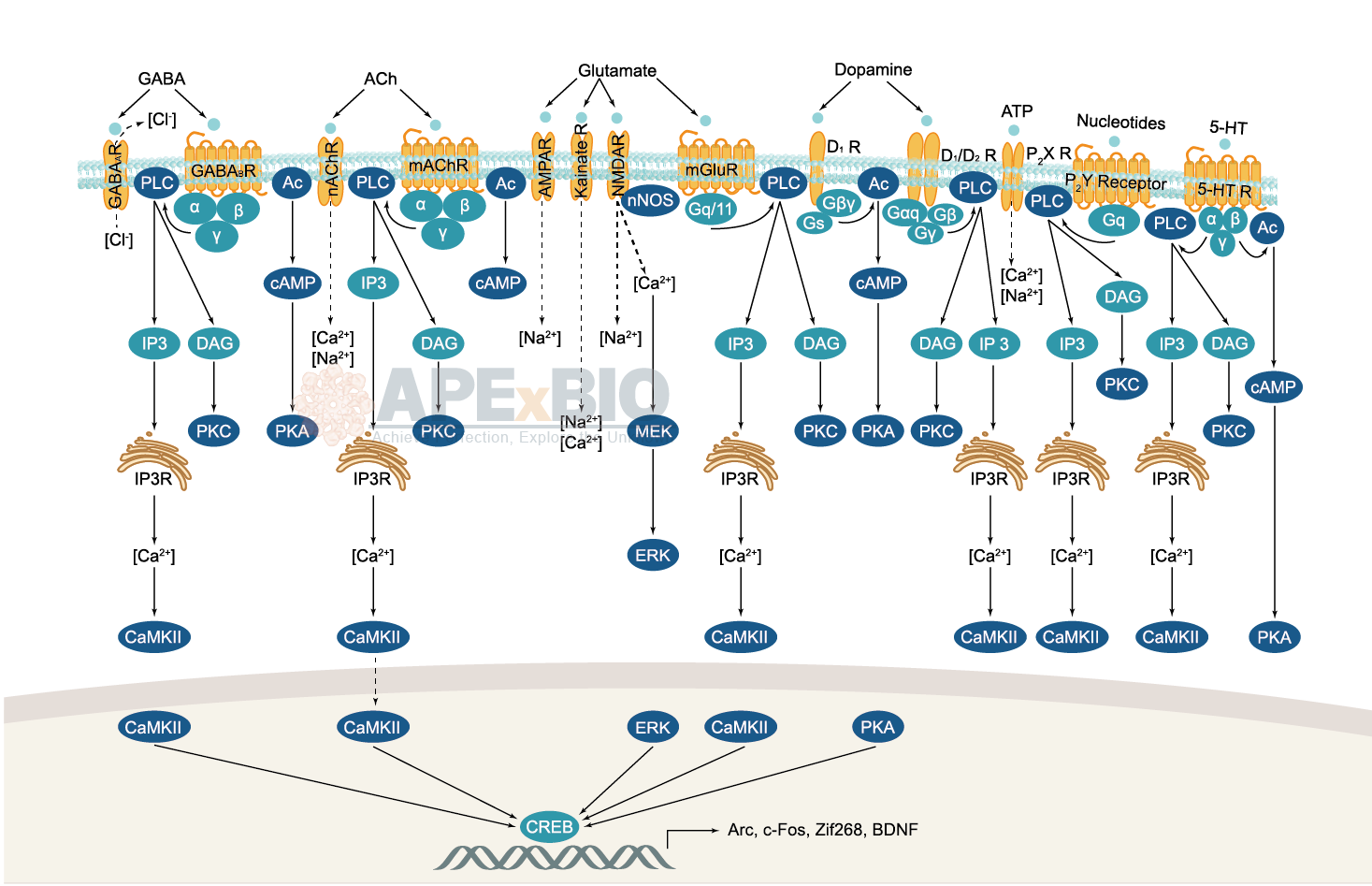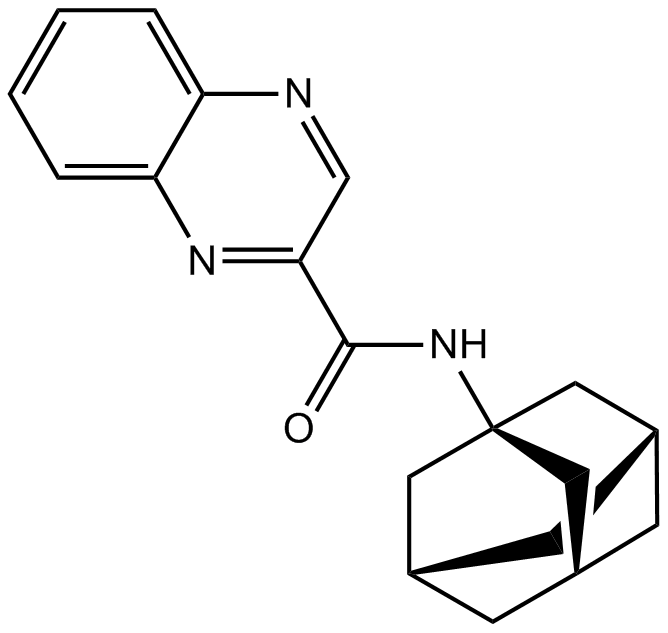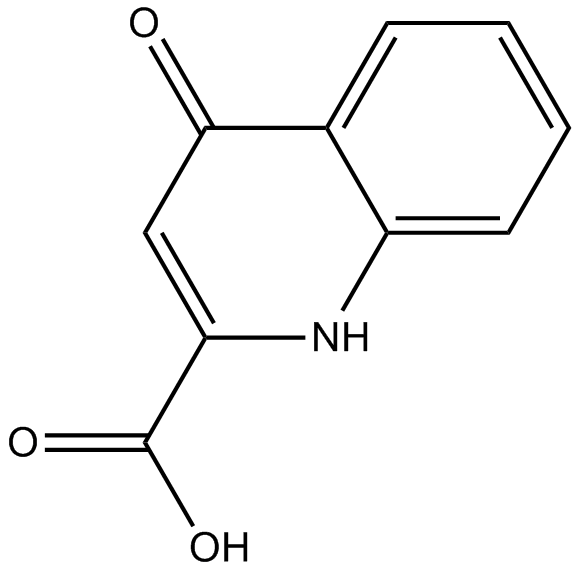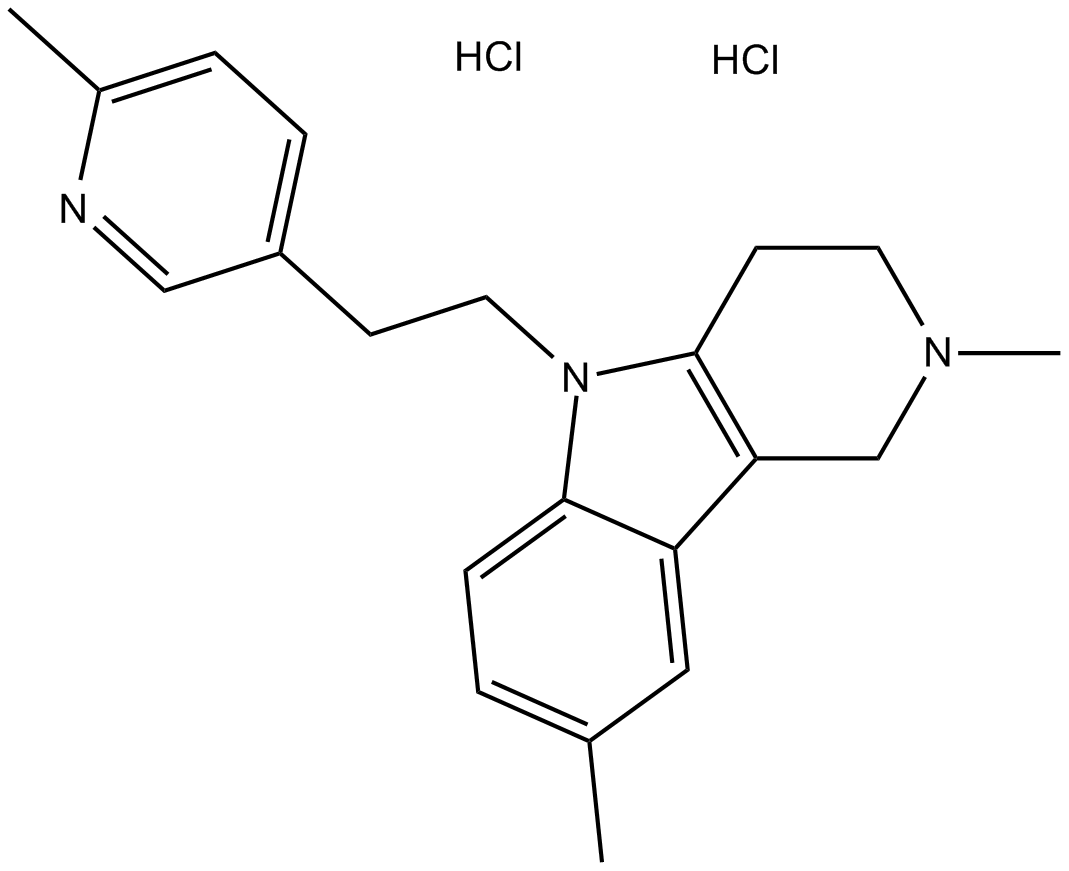Neuroscience

Neurotransmitter receptors function via various G-protein coupled and G-protein independent mechanisms that activate downstream intracellular signaling pathways such as cAMP/PKA, PI3K/AKT, phospholipase A2, and phospholipase C pathways. For instance, dopamine receptors act through adenylate cyclase to activate PKA and other signaling molecules, thereby mediate gene expression through the actions of CREB and other transcription factors. Other neurotransmitters such as NMDAR or AMPAR are associated with ion channels that control flux of Ca2+ and Na+, thus propagating the action potential across the post-synaptic neuron.
Dysfunctions in GABAergic/glutamatergic/serotonergic/dopaminergic pathways result in a broad range of neurological disorders such as chronic pain, neurodegenerative diseases, and insomnia, as well as mental disorders including schizophrenia, bipolar disorder, depression, and addiction.
-
 B5532 NPS 2390Target: Glutamate (Metabotropic) Group I ReceptorsSummary: group I mGlu antagonist
B5532 NPS 2390Target: Glutamate (Metabotropic) Group I ReceptorsSummary: group I mGlu antagonist -
 B6227 Kynurenic acidTarget: EAA receptorSummary: broad spectrum EAA antagonist
B6227 Kynurenic acidTarget: EAA receptorSummary: broad spectrum EAA antagonist -
 B6569 CHPGTarget: Glutamate (Metabotropic) Group I ReceptorsSummary: mGlu5 metabotropic glutamate receptor agonist
B6569 CHPGTarget: Glutamate (Metabotropic) Group I ReceptorsSummary: mGlu5 metabotropic glutamate receptor agonist -
 B1572 LatrepirdineTarget: Voltage-gated Calcium Channels (CaV)|NMDA receptor|adrenergic receptor|Histamine receptors|GluR|5-HT receptor|dopamine receptors|AMPA receptorSummary: Brain cell death inhibitor
B1572 LatrepirdineTarget: Voltage-gated Calcium Channels (CaV)|NMDA receptor|adrenergic receptor|Histamine receptors|GluR|5-HT receptor|dopamine receptors|AMPA receptorSummary: Brain cell death inhibitor

